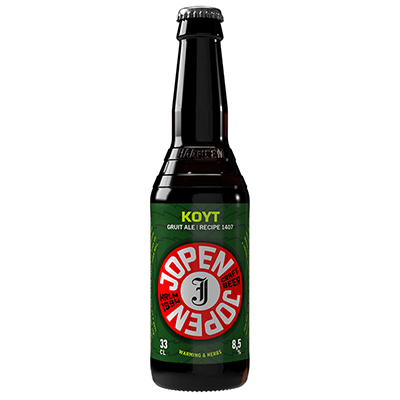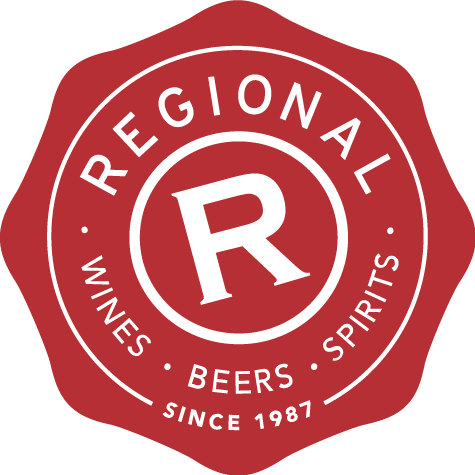
Jopen Koyt Gruitbier and the great gruit debate...
When hops were first used in brewing is pretty unclear. There is documentation of hop cultivation as early as 763 in Hallertau in Germany and a recipe for hopped beer that was written in 822 AD by the abbot of a Benedictine monastery in Picardy, France.
However, beer’s early history as a mass consumed commodity is very much about gruit.
Gruit is essentially a herb mixture used for bittering and flavouring beer - an alternative (or perhaps an antecedent) to hops, which was used extensively in the eleventh Century onwards, thanks mainly to the Holy Roman Emperor Henry IV. Henry essentially licensed the sale of gruit to local authorities, such as the clergy, which imposed a tax of sorts on beer production and made hops prohibitively expensive.
A licence to make gruit was a means of controlling local beer production and, as such, gruit recipes became closely guarded secrets.
It was another 150 years or so before hop use started to pick up again, and it wasn’t until the thirteen and fourteen hundreds that hops became the bittering and flavouring component of choice.
One of the original gruit recipes has remained until this day and is used by the brewers at the Dutch brewery Jopen to make today’s beer, which is a style of beer called Koyt.
Jopen’s Koyt is brewed according to the Haarlems Brouwerskeur, or city recipe of 1407. The brewery doesn’t disclose the full recipe but the key ingredient is gale which is a type of bog myrtle. According to Jopen, as legend has it, gale should be picked by naked witches under a full moon to avoid any unwanted hallucinatory effect. The website doesn’t mention whether this is still practised - but I am guessing that after the great witch hunts of the early 1400s, naked witches are hard to come by.
Let’s give this bog myrtle witches brew a go…
Pours a lovely mahogany colour with a cream head. The nose is malt forward, as the colour would suggest, with some interesting hints of cola, licorice and Sarsaparilla. The palate is rich with caramelised fruit notes and a savoury bitterness that smacks of hops as much as what I imagine the mythical bog myrtle might taste of. A fun drink that I can totally picture myself quaffing from a pewter goblet in a spit-and-sawdust pub hundreds of years ago.
This historical re-enactment by Jopen is something to marvel at and offers a real glimpse at a beer style of yesteryear. However, after further research, it would appear that the accuracy of beer history really is fogged by time and the antiquated means of reporting that existed hundreds of years in the past. There is a fair amount of ambiguity surrounding the real definition of the Koyt style. In short it’s very likely that the original Koyt was hopped and its popularity was instrumental in the demise of gruit beers. To confuse things further, the Jopen website gives this beer an EBU rating too, so presumably there is more than just gruit flavouring this beer?!
Whether this beer is a Koyt gone wrong or an intentional Koyt-gruit mash up, as ever with these things - the proof is in the pudding - and the pudding here is rather good.
It’s a nice reminder that semantics and beer labelling might make you sound smart - but they also cloud the issue, and won't necessarily help you enjoy a beer!
